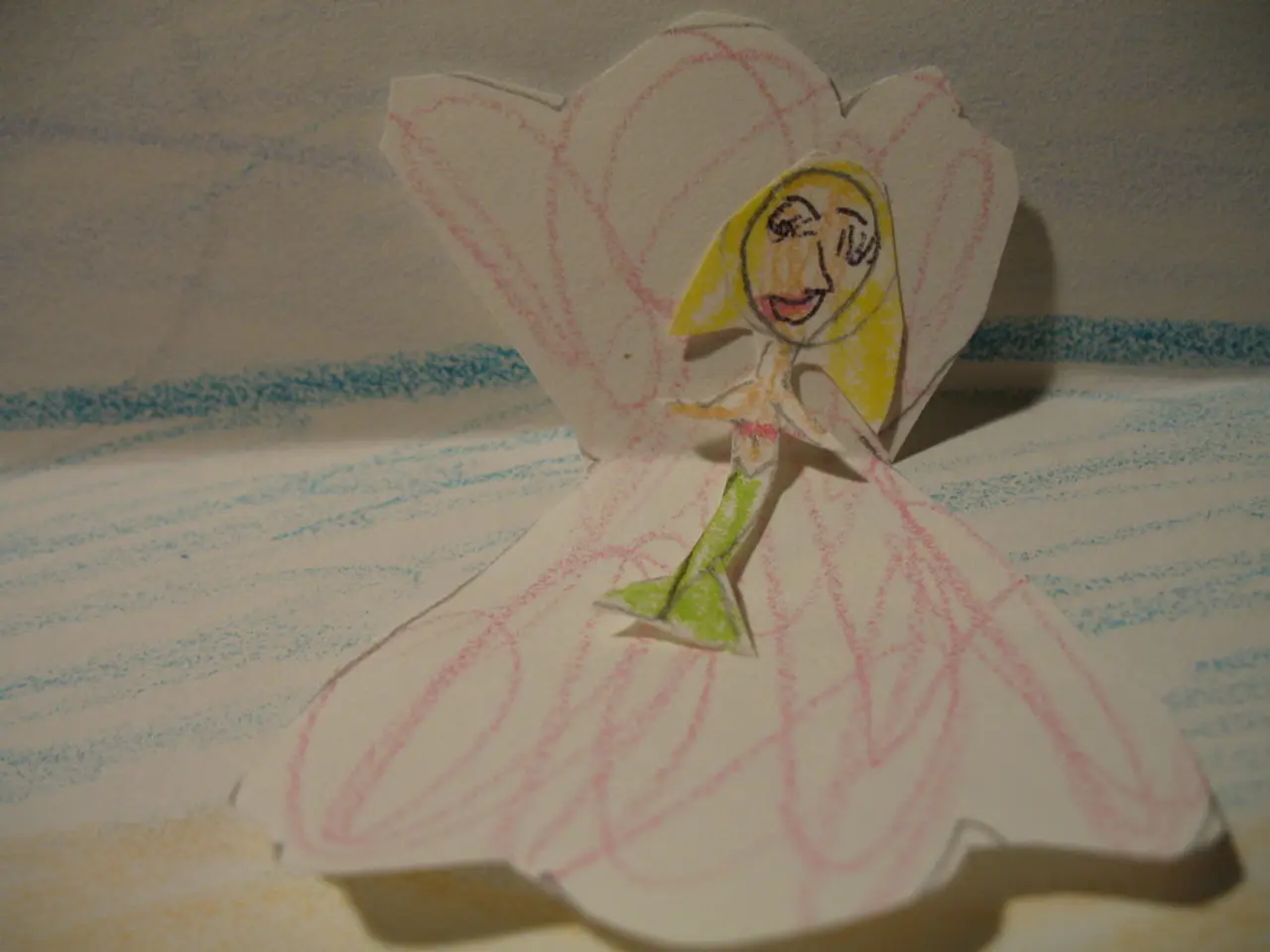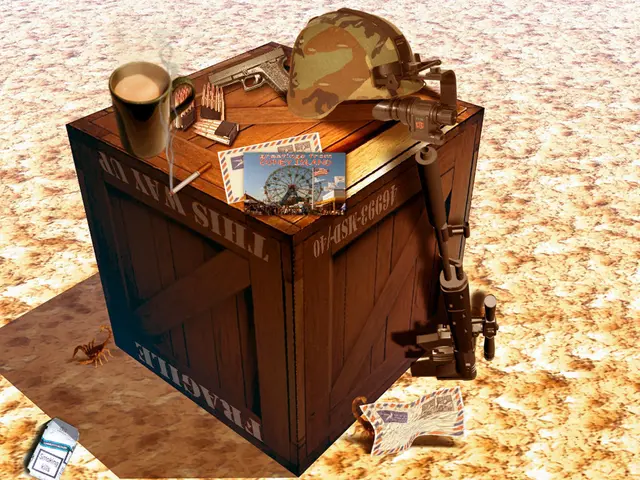The contested claims of plagiarism surrounding Damien Hirst's work sparking doubt about the relevance of intellectual property law today
In the dynamic and often contentious world of contemporary art, questions about originality and artistic ownership have always been a source of debate. This conversation has recently been reignited by the comparison between Damien Hirst's work and that of the late Hamad Butt, a fellow student of Hirst's at Goldsmiths in the late 1980s.
Hirst's installation, A Thousand Years, created in June 1990, bears a striking resemblance to Butt's Fly-Piece, which was developed a month earlier in 1989. This similarity has led some to question the concept of artistic originality, particularly in the AI-saturated, endlessly derivative future we find ourselves in.
Picasso once famously said, "good artists copy, great artists steal," a quote that may have been borrowed from T.S. Eliot. Hirst himself has attributed his approach to art to Michael Craig-Martin's dictum: "Don't borrow ideas, steal them." Yet, Hirst has also been accused of plagiarism in his art career. However, it's important to note that there is no credible or documented evidence that Hirst has been formally accused of plagiarism specifically for his artwork A Thousand Years by Goldsmiths student Hamad Butt.
Butt, who died of AIDS in 1994 at the age of 32, faced complex identity issues as a gay Muslim in the 1980s. His Fly-Piece was about cycles of consumption and information being "literally eaten, digested, and passed on." This theme seems to have been "consumed, digested, and passed on" by the art world machinery, with Hirst allegedly reaping the rewards.
In a world where everything's a copy, the least we can do is get the credits right, especially for artists like Hamad Butt. His work, though not as widely recognised as Hirst's, holds significant value in the ongoing discourse about artistic originality and ownership.
The line between homage, remix, and plagiarism can be blurry, especially in conceptual art where originality may lie more in the idea or context rather than unique visual creation. The broader conversation around artistic ownership and originality often centres on questions like appropriation vs. plagiarism, conceptual originality, art world dynamics, legal and ethical frameworks, and the influence of fame, institutional power, and market forces.
Until the brave new world arrives where AI can generate "new" artworks, it's important to remember the humans behind the ideas, especially those who died too young to see their work recognized. In sum, while A Thousand Years remains a landmark work in contemporary art, the situation—whether hypothetical or real—reflects ongoing tensions around who “owns” ideas in art and how originality is defined in an era of pervasive referencing and reinterpretation.
- Artists can find inspiration for their creative work in numerous sources, including books about art and design.
- If you're a UX designer or a creative artist, understanding layout and color principles can significantly enhance the visual appeal of your drawing or painting.
- In the AI-saturated world, concepts of artistic originality and design continue to be debated, sparking a myriad of discussions about inspiration, remix, and plagiarism.
- Art, whether it's painting, sculpture, or conceptual work, is often subject to questions about ownership and originality, especially in the context of the dynamic art world.
- A UI designer should always strive to give proper credit to artists who have influenced their work, as seen in the recent debate surrounding Damien Hirst and Goldsmiths student Hamad Butt.
- The art world is a place where ideas are constantly being borrowed, remixed, and reinterpreted, emphasizing the need for a transparent and fair approach to artistic ownership and credit.
- When evaluating the work of contemporary artists, it's essential to remember the human stories behind the art, be it the struggles of a gay Muslim artist like Hamad Butt or the growth of a famed artist like Damien Hirst.








